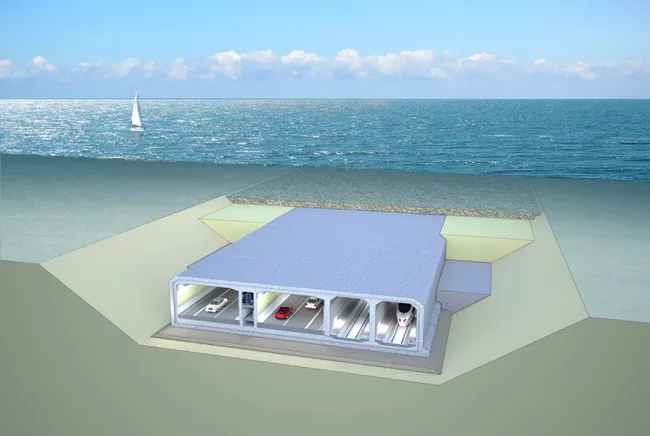Costs are climbing for the proposed new bridge to link Denmark and Germany. The structure is now expected to cost €282 million. This represents a significant increase from the €192 million estimated just 18 months ago. Meanwhile the cost of the environmental permit has also doubled.
May 30, 2012
Read time: 1 min
Costs are climbing for the proposed new bridge to link Denmark and Germany. The structure is now expected to cost €282 million. This represents a significant increase from the €192 million estimated just 18 months ago. Meanwhile the cost of the environmental permit has also doubled.








